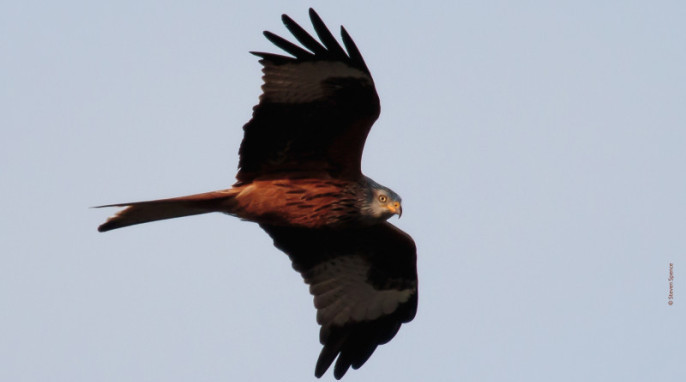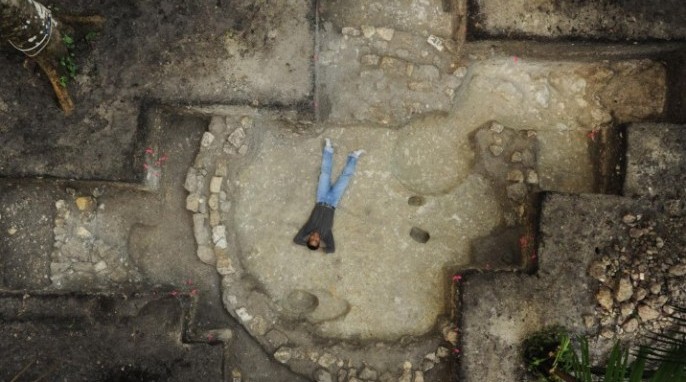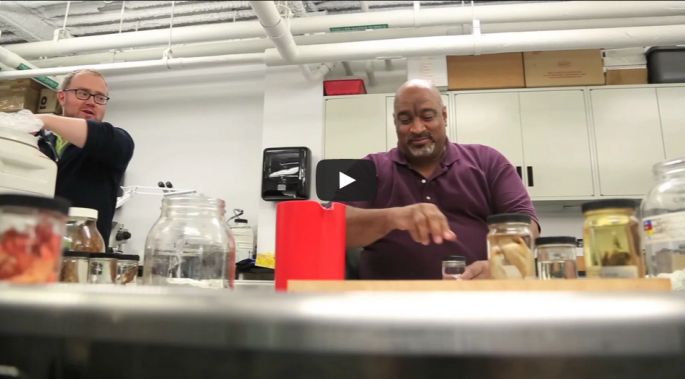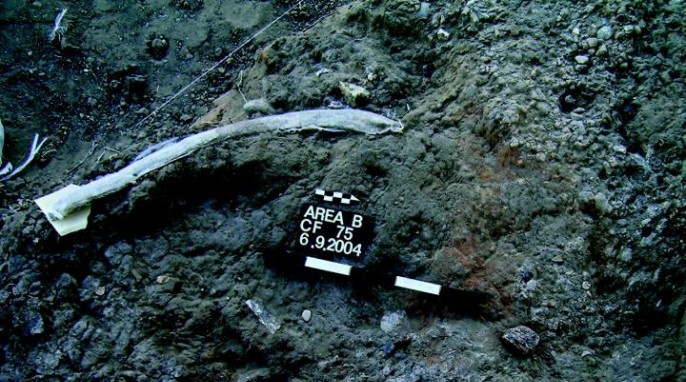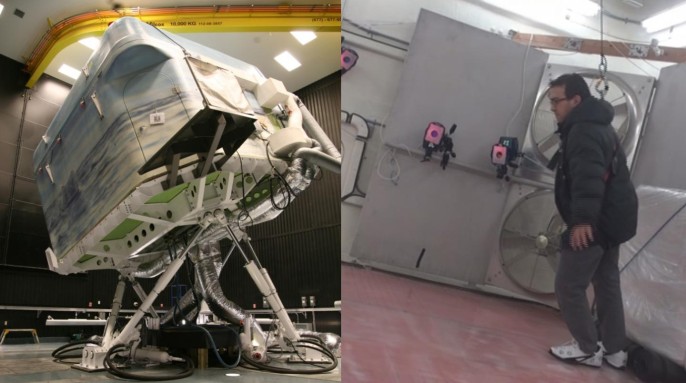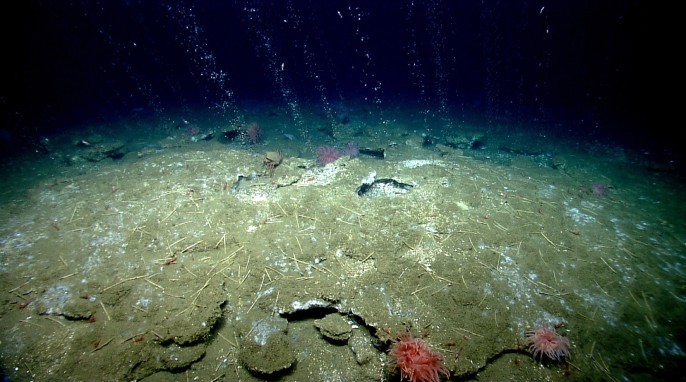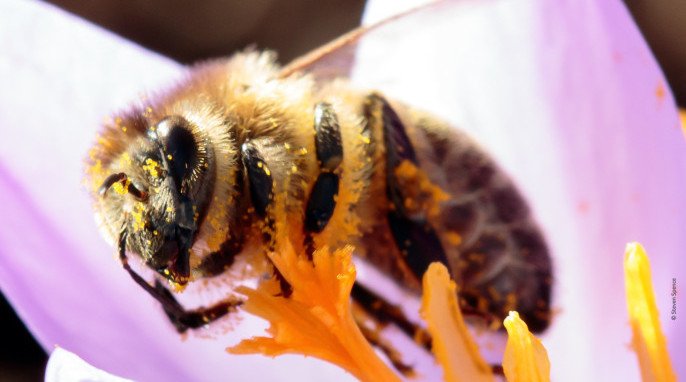How to Extend Your Mobile Battery Life
Have you ever frantically searched for an outlet to charge your phone? You are not alone. Mobile devices have a large number of different adjustable system settings, but the energy impact of those settings can be difficult to understand for average users, and even for experts. Now, a team of computer scientists from the University of Helsinki, Finland, have measured how long Android phone batteries last with different combinations of settings and environmental conditions. And yes, we are going to tell you how to get the most out of your…
Read More

